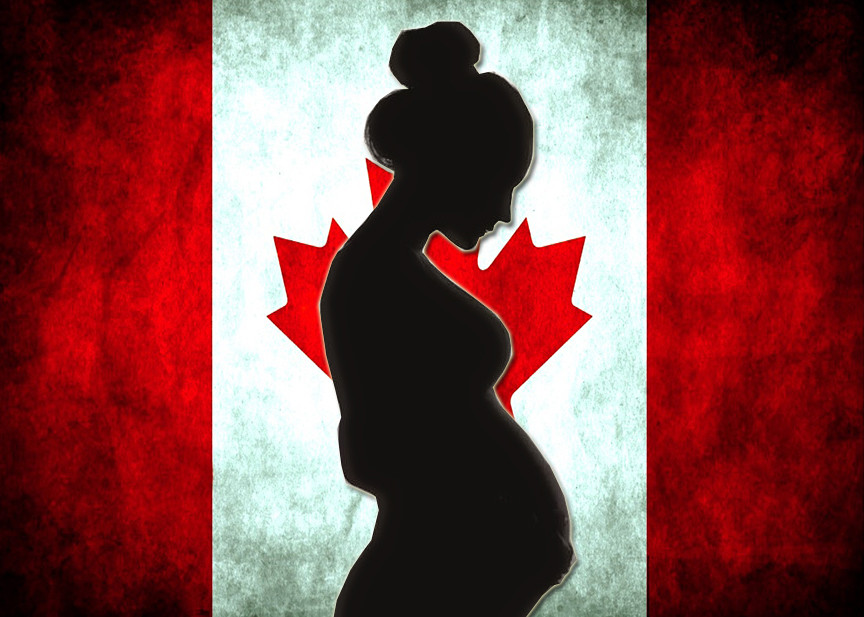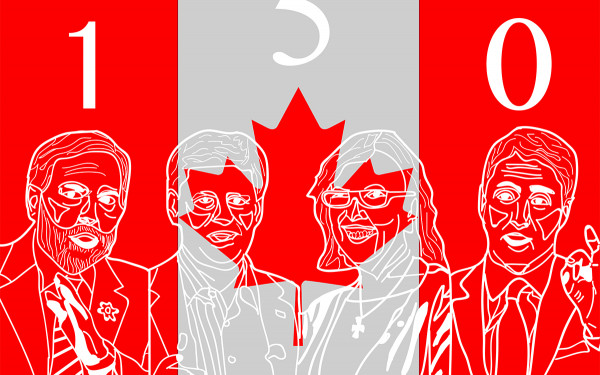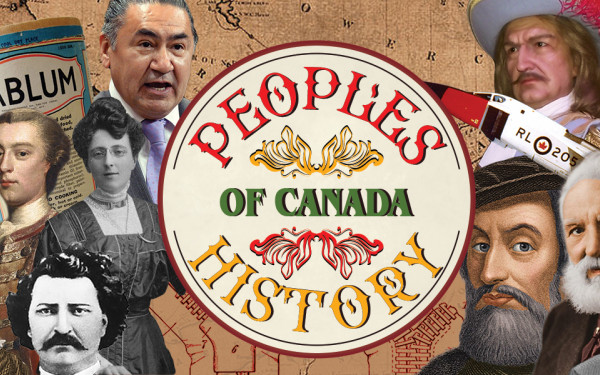Abortion Is Still Not a Constitutional Right in Canada
A People’s History of Canada Column
In the last 50 years, Canada has unquestionably made significant progress with respect to women’s rights.
In 2016, at the United Nations Commission on the Status of Women, Canada reaffirmed its strong commitment to women’s issues and was elected to the Commission for the 2017-2021 mandate.
Despite historical breakthroughs achieved by Canadian women for equal opportunity and equal rights, provincial and territorial inequality with regards to access to abortion services—as well as the inequality between urban and rural regions—persists in an important way. The result of this effectively puts the lives of women in danger.
The most representative example of this inequality is Prince Edward Island. After considerable efforts from pro-choice groups, with advocates going as far as threatening to file a lawsuit against the provincial government, the province obtained earlier this year its very first reproductive health clinic.
The situation regarding Mifegymiso—otherwise known as the “abortion pill”—is also telling: while it has been available in the U.S. for 20 years, the medication was made available to Canadian women earlier this year, no less than three years after Health Canada received an application from the drug company.
Furthermore, Mifegymiso is still not readily available or covered by health care in all Canadian provinces or territories. For example, in British Columbia—one of the provinces with the best access to abortion after Quebec and Ontario, respectively—women still have to pay out of pocket for the abortion pill.
The Criminal Code of Canada, adopted in 1892, stated that abortion was a crime. From 1892 to 1969, women who chose to have an abortion had to do so ilegally. It should be noted that this period—the latter half of the 19th century—is precisely the moment in history when the medical field took control of the discourse on reproduction by pushing midwives out of the picture. Prior to this, women—especially urban dwellers, it must be said—had some agency over reproduction and birth control.
The birth control pill became available in the U.S. in the 1950s and in Canada in as early as 1957. Canadian doctors, however, refused to prescribe the pill to unmarried women, or only in cases of “menstrual irregularity.” In 1969, an omnibus bill (C-150), which modified Canada’s Criminal Code with respect to abortion—among other issues such as decriminalizing homosexuality and allowing the free sale of contraceptives—was adopted.
Consequently, from this time onward abortion was permitted, but only under strict conditions: women who chose to have an abortion had to first obtain authorization from a so-called Therapeutic Abortion Committee. TACs consisted of three doctors—typically male—who would authorize the procedure only if the life of the woman was in danger.
In January 1988, the Supreme Court of Canada declared with the Morgentaler decision (R v. Morgentaler) that article 251 of the Criminal Code, which criminalized abortion, was unconstitutional. One year later, Canadians followed the case of Chantal Daigle, a Quebec woman whose estranged and abusive ex-partner, Jean-Guy Tremblay, was attempting to prevent her from having an abortion. Daigle, with the help of pro-choice advocates, fled the province to terminate her pregnancy in the U.S. when her case was brought before the appeal division of the Supreme Court.
The most representative example of this inequality is Prince Edward Island. The province obtained its very first reproductive health clinic earlier this year.
In August 1989, in the Tremblay v. Daigle decision, the Supreme Court ruled that the fetus is not a human being according to Quebec civil law or to Canadian common law, and that the father has no right with respect to the termination of pregnancy.
A common misconception about the Morgentaler decision, which exonerated Dr. Henry Morgentaler and his colleagues, is that its outcome was conclusive and that it ended the battle for abortion rights. The highest court of Canada, in a five to two ruling, did indeed invalidate article 251 of the Canadian Criminal Code, but only three Supreme Court Justices out of seven stated that a woman has a constitutional right to choose to have an abortion. It is therefore important to point out that the Morgentaler decision was about a doctor’s right to practice abortion and not about a woman’s right to choose.
When Brian Mulroney and the Conservative Party of Canada were re-elected in May 1990, Minister of Justice Doug G. Lewis brought before Parliament Bill C-43, a legislative measure that aimed to bring back Therapeutic Abortion Committees, criminalizing abortion for Canadian women except under certain circumstances.
Bill C-43 was adopted by the House of Commons by a vote of 140 to 131, but was defeated in the Senate by a tie vote in January 1991. Since Bill C-43, there have been no legislative measures pertaining to abortion specifically. However, because abortion in Canada is not subject to any kind of public policy, there have been no less than 48 bills or motions looking to either recriminalize abortion or grant the fetus a legal status presented or debated in Parliament since 1988.
The most notable of these legislative measures was Private Member’s Bill C-484, drafted by Edmonton-Sherwood Park Conservative MP Ken Epp in November 2007 under the title Unborn Victims of Crime Act. Bill C-484 was seen by many as a veiled attempt to recriminalize abortion by giving the fetus a legal status, thereby restricting access to abortion.
Here in Quebec, many groups opposed C-484, notably the Fédération des médecins spécialistes, the Collège des médecins and the Bâtonnier du Québec, as well as a great number of women’s groups. They all considered the Unborn Victims of Crime Act to be a concealed way to make abortion in Canada a criminal act. C-484 is the only bill to have passed second reading in the House of Commons—six bills or motions have been introduced since 2007, but none have passed second reading. C-484 died on the order paper when an election was called.
Although abortion was decriminalized in 1988 by way of the Supreme Court of Canada’s Morgentaler decision, a legislative vacuum persists and Canada is a country where in 2017, abortion is still not the subject of any kind of public policy. The Supreme Court refuses to constitutionalize the right to abortion and the Canadian government does not care to legislate, shifting the responsibility to provinces, which have jurisdiction on healthcare in Canada.
Consequently, access to abortion for many Canadian women is restricted and the right to have an abortion is fragile, as it does not represent a constitutional right. Contrary to Roe v. Wade in the U.S., which affirms a woman’s right to choose, the question of abortion in Canada remains open and vulnerable. Political dawdling compounded by public unawareness can only result in abortion lingering in legislative limbo for years to come.


_600_832_s.png)



__600_375_90_s_c1.jpg)